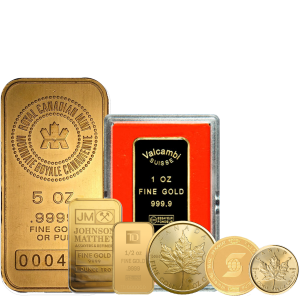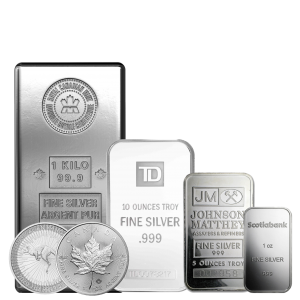

Three Cent Nickel (1865 - 1889)


Image Courtesy of Professional Coin Grading Service (PCGS.com)
Three Cent Nickels (1865-1889)
Overview
A three-cent coin known as a "Nickel" was made in 1865. These were made at the same time as the silver versions until 1873 when the silver version was no longer being made. The nickel versions were produced until 1889. Because the mint only created some issues of the series over 25 years, these issues may be regarded as rare and collectible. Coins that are rare and have a certain date may be worth more than three times the value of coins that are common and have a specific date. The Coinage Act of 1865 allowed for the creation of the Three Cent Nickel, which was made up of 75% copper and 25% nickel.
Design and Specifications
The Three Cent Nickel was created by James B. Longacre, who was the Chief Engraver of the U.S. Mint at the time.
- Lady Liberty is looking to the left on the reverse side of the coin. She wears a coronet on her head that has the word "LIBERTY" written on it.
- On the back side, there is a Roman number "III" that is surrounded by a laurel wreath. The coin is a little bigger than a dime but a little smaller than a nickel. It weighs 1.94 grams and has a diameter of 17.9 mm.
Production and Circulation
The Three Cent Nickel was produced without interruption from 1865 to 1889, with the highest number of pieces being coined in the first few years of production. In 1865, about 11 million coins were minted, which was the largest number of coins ever minted in a single year. On the other hand, as the five-cent nickel became more popular, the demand for the three-cent denomination decreased. These coins were not used very regularly during the end of the 1880s, which is why they were no longer manufactured after 1889.
Coin Grading
You may determine the possible grade of your coin and, as a result, its market worth by using a few easy procedures. One easy method is to examine the edge of the coin. A coin that is in good condition will usually have a rim that feels worn down, and certain areas of the rim may have been washed away.








